Not that they find the Redskins name offensive.
By Mark Sullivan, The American Spectator
Hail to the Potomacs? If the owner of the Redskins wants to put the controversy over his team name to rest while keeping a Native American theme, he’ll likely have one local tribe’s blessing.
“I was just telling my wife the other day, ‘Why don’t we write to Dan Snyder and suggest changing the name to the Washington Potomacs?” said John Lightner, chief of the Patawomeck tribe of Virginia.
The Patawomecks (or Potomacs), native people of the region, gave their name to the river that flows through Washington, D.C. In the 1600s they belonged to the tribal confederation headed by the great chief Powhatan, from whose war club daughter Pocahontas, legend has it, saved John Smith. (Pocahontas’s mother was a Patawomeck.) Today the tribe counts some 1,500 members, most in Stafford County, Va.
If — and that’s if — the Redskins wanted to style themselves the Potomacs, after the local tribe and the great waterway that shares their name, the tribe likely would endorse the move, Lightner, said.
And this strategy, adopting the name of a local tribe with that tribe’s blessing, is what has saved the Florida State University Seminoles, the University of Utah Utes, and the Central Michigan University Chippewas from charges of racism. The local Stafford High School Indians drew criticism for their mascot, but the tribe wrote to express support for the name, and even helped redesign the logo from a Plains Indian in headdress to an Eastern Woodland Indian reflective of local tribes.
Not that Patawomecks are necessarily offended by the Redskins name, mind you — despite what critics in the media, Congress, and the U.S. Patent Office say.
“I do not find the title of the Washington Redskins offensive in any way,” said William L. Deyo, Patawomeck tribal historian. “I cannot speak for the whole tribe, but I can honestly say that I have never heard of anyone in the tribe having a problem with the name of Redskins used by the team.”
Chief Lightner agreed, in much the same terms. “We’ve got to the point where political correctness has gotten to be ridiculous — everything is offensive to somebody,” he said. “I would venture to say it would be shocking to see how many Native Americans are not opposed to the Redskins’ name.”
Bonny Newton, Patawomeck tribal secretary, recalled the joy taken in the team by her late mother-in-law, Polly Sullivan Newton, who passed away this spring at age 93. “She was the most loyal of all Redskin fans,” Newton said. “She watched every game. I really enjoyed watching Miss Polly watch the Redskins. From her recliner she told the team how to play, what to play, and who to play the entire three-plus hours every Sunday. She knew all the team members, the coach, and this little woman had the rules of the game down pat.”
Activists pressing the name-change campaign condemn Indian team names and mascots as an appropriation and mockery of native culture. The Redskins, for their part, staunchly defend their 80-year-old name as an expression of honor for Native American pride, strength and bravery.
“I would prefer to keep the name of the team as the Washington Redskins, as it is a longtime name of pride for area people,” said Deyo, the Patawomeck historian. But if the team were to switch to the name of his tribe, he said, “I would find the name of Washington Potomacs an honor.”





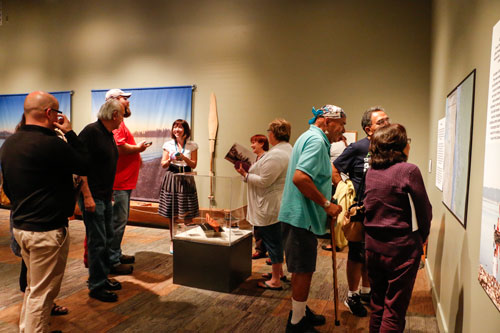
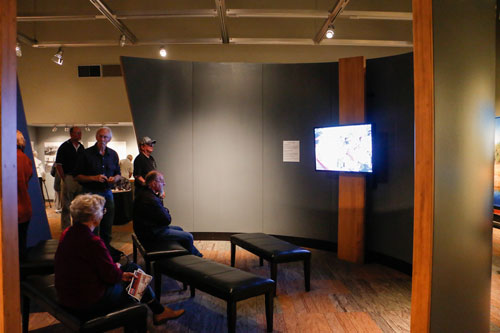
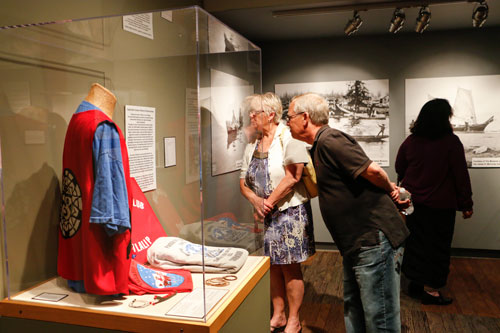

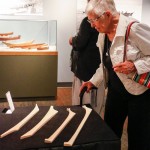
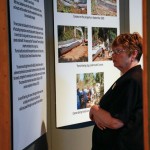

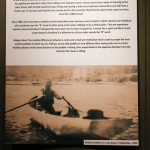

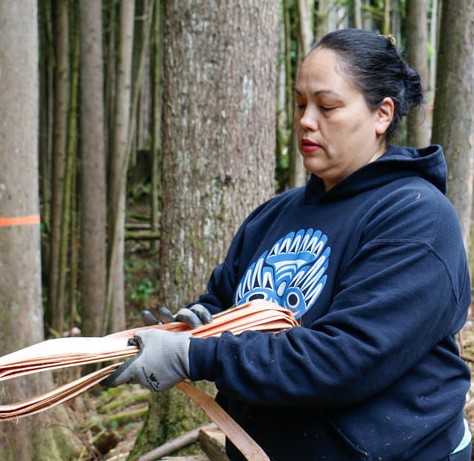


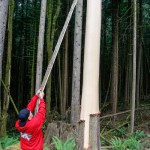


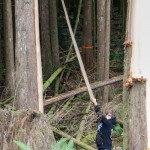

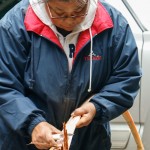


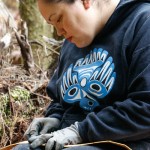





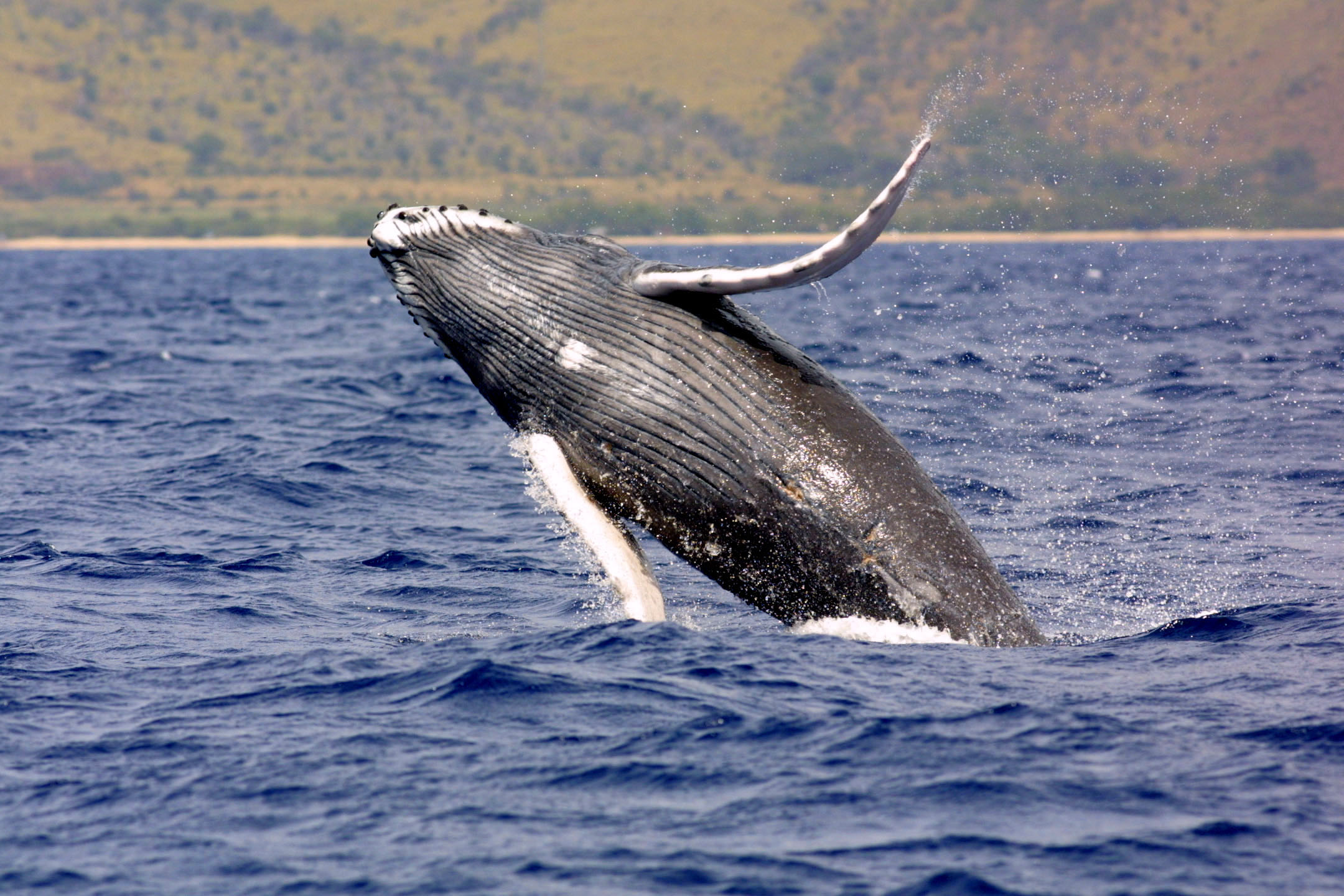 By YERETH ROSEN
By YERETH ROSEN 
